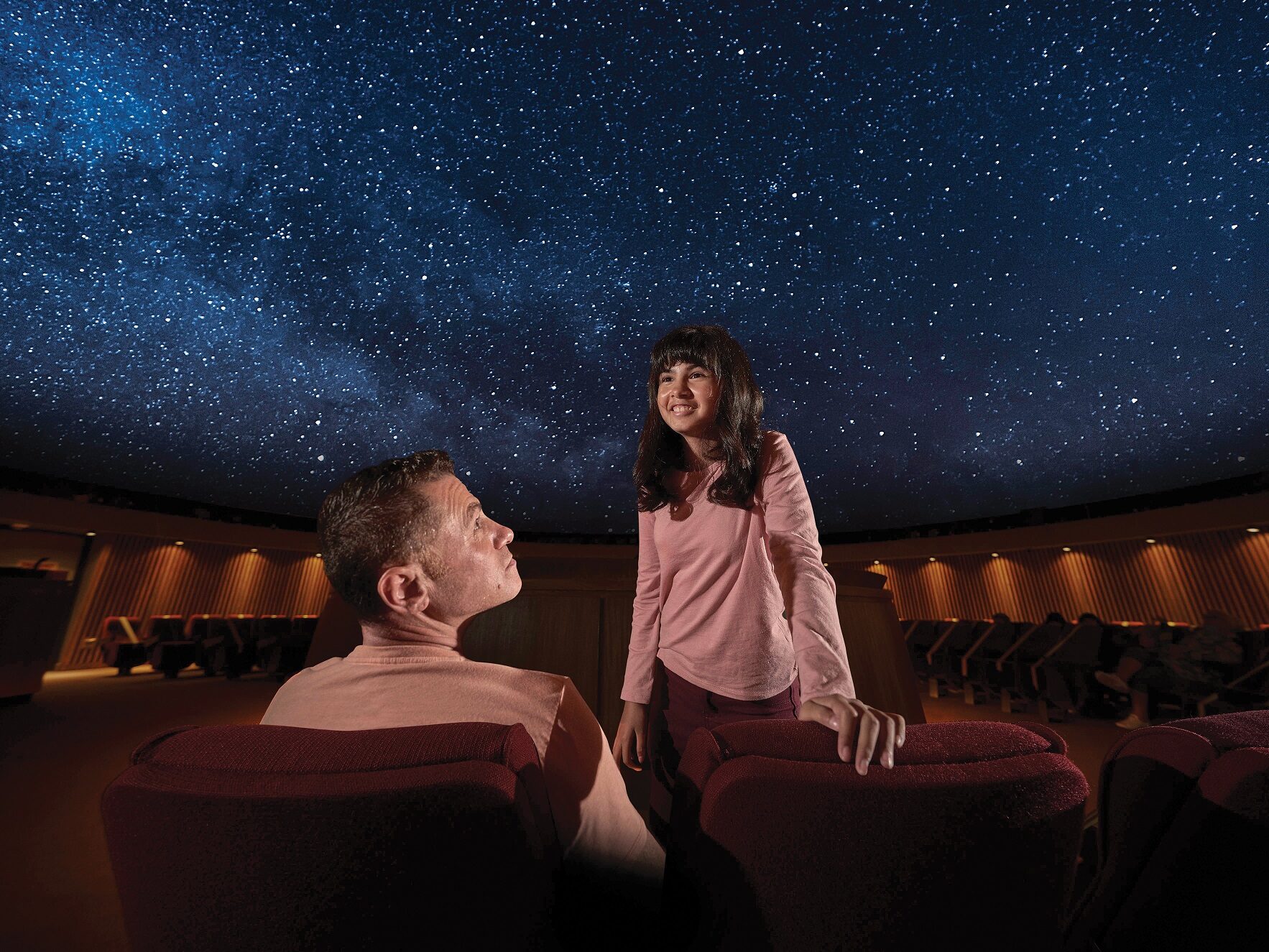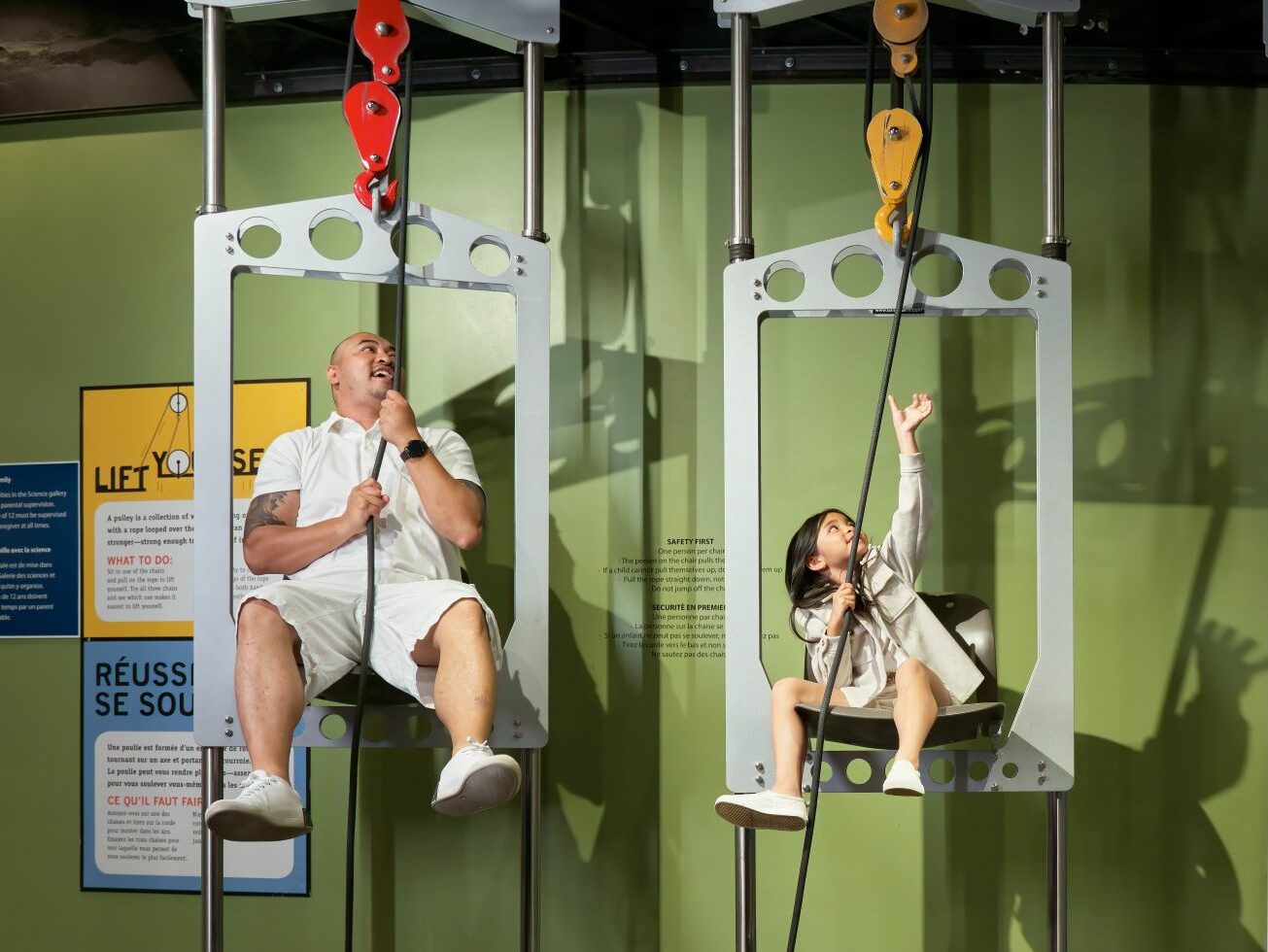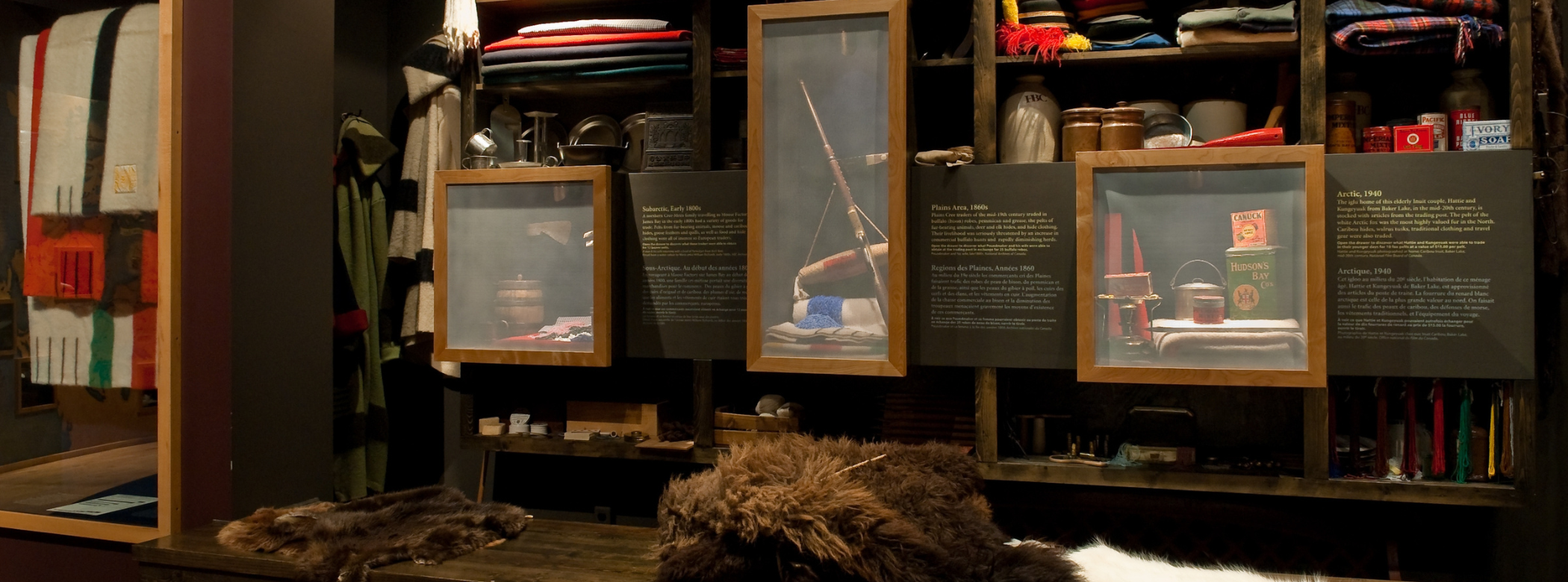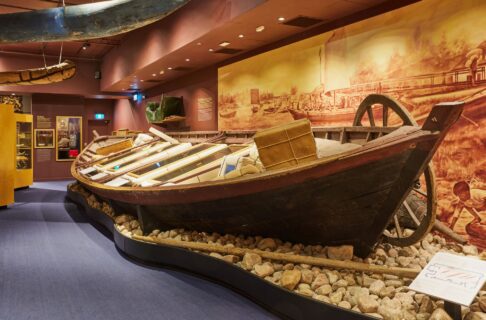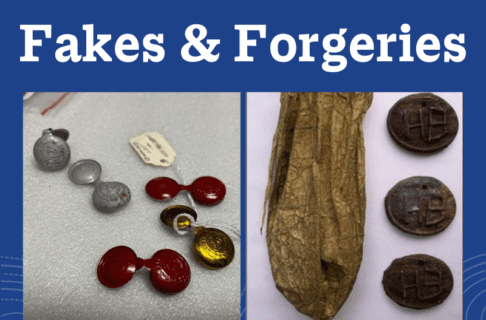Posted on: Friday April 25, 2025
There’s a lot of buzz in the news right now surrounding the future of the Hudson’s Bay Company and their heritage collection, and it has brought up a lot of questions regarding the beloved HBC Museum Collection here at the Manitoba Museum. While I can’t speak to the artifacts that are currently owned by the HBC, I can offer some reassurances and some history behind the over 27,000 artifacts that are here under our care at the Manitoba Museum.
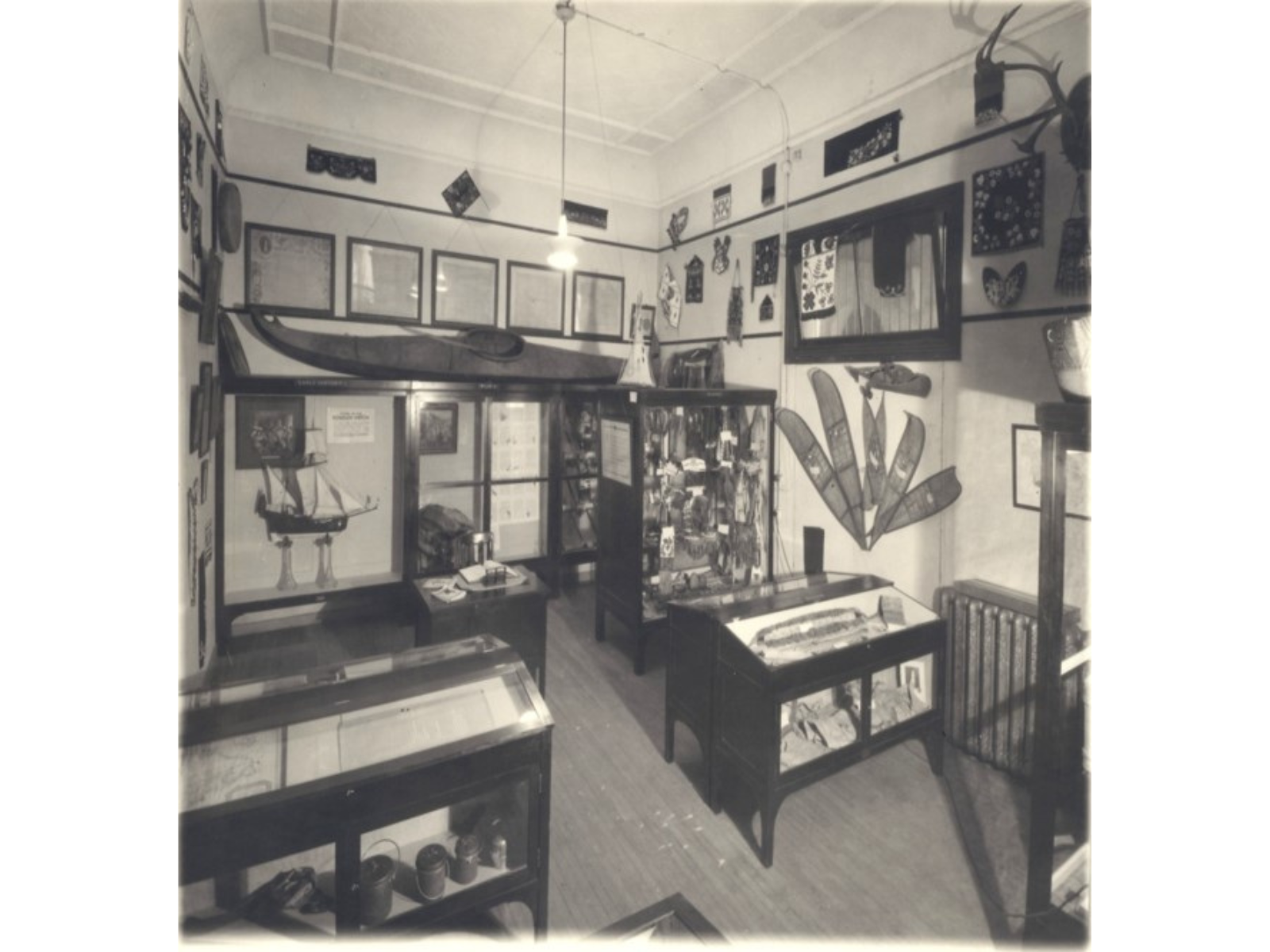
The HBC Museum Collection originated in the 1920s as part of the Company’s 250th anniversary celebrations. The collection was pulled together from artifacts collected by former and current employees, with one retired employee being sent on a large-scale collecting mission. The method of acquisition for these artifacts is part of my current research, I have been doing a lot of archival digging trying to track down how they acquired these belongings. Nevertheless, a collection came together and was originally exhibited in the Winnipeg store (first at York and Main, later once the larger department store construction was finished it moved to the location at Portage and Colony), and later in other department stores across the country.
Image: The original HBC Museum Collection display in the store at Main and York, before it moved to the larger department store in 1926 (Source: HBCA 1987-363-H-23-64)
The Collection was then loaned to the Province of Manitoba in 1960 and was on display and housed at Lower Fort Garry, under the curation of Barbara Johnstone. Eventually HBC looked to find a more permanent home for the collection where it would be publicly accessible. After many lengthy discussions, and through the support of First Nations leaders like Phil Fontaine, it was decided that the Manitoba Museum was the best place. In 1994, the HBC officially gifted the collection, deemed a collection of National Historic Significance by the Canadian Cultural Properties and Export Review Board, as a gift to the Nation to the Manitoba Museum (then called the Manitoba Museum of Man and Nature).
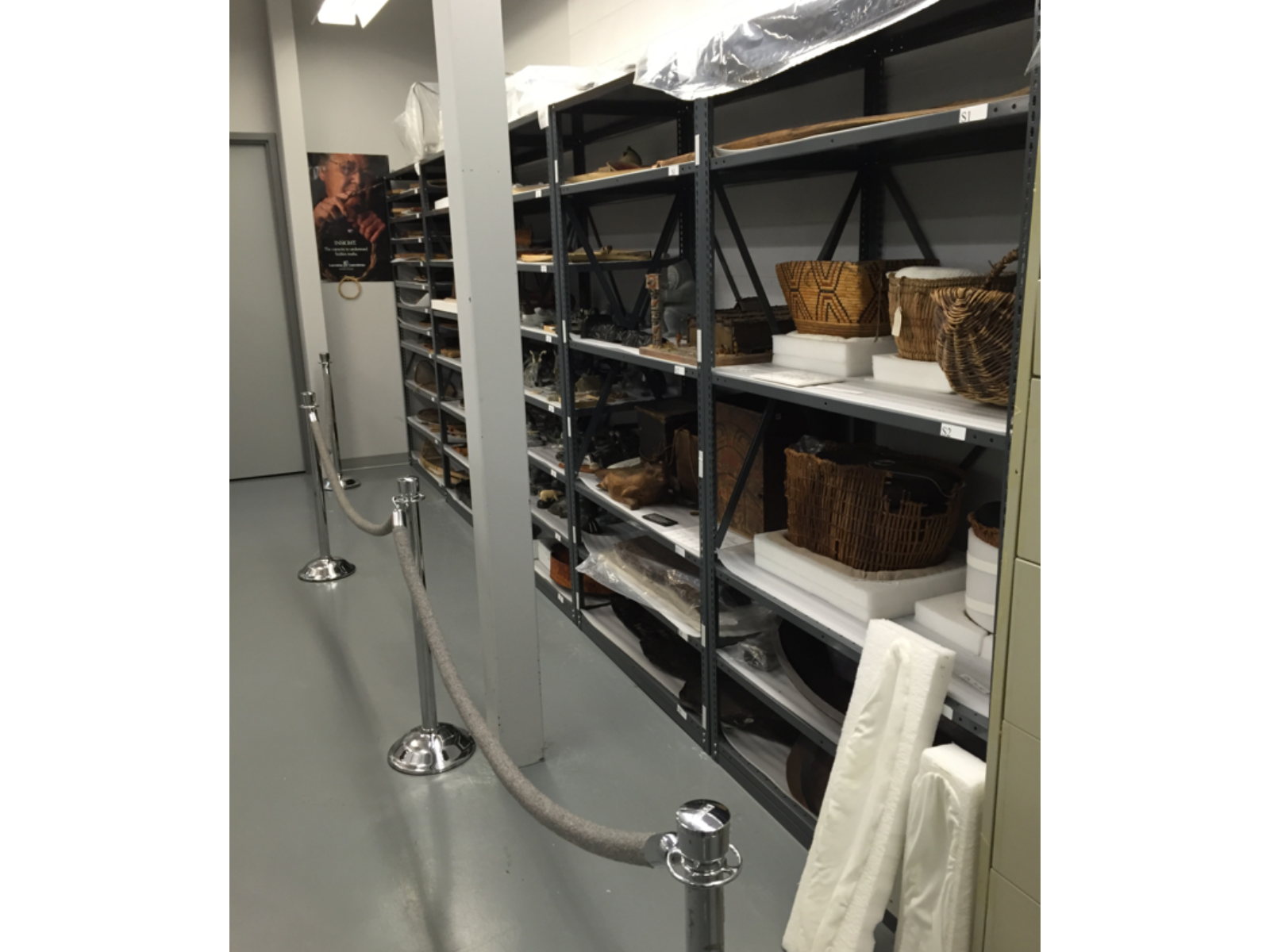
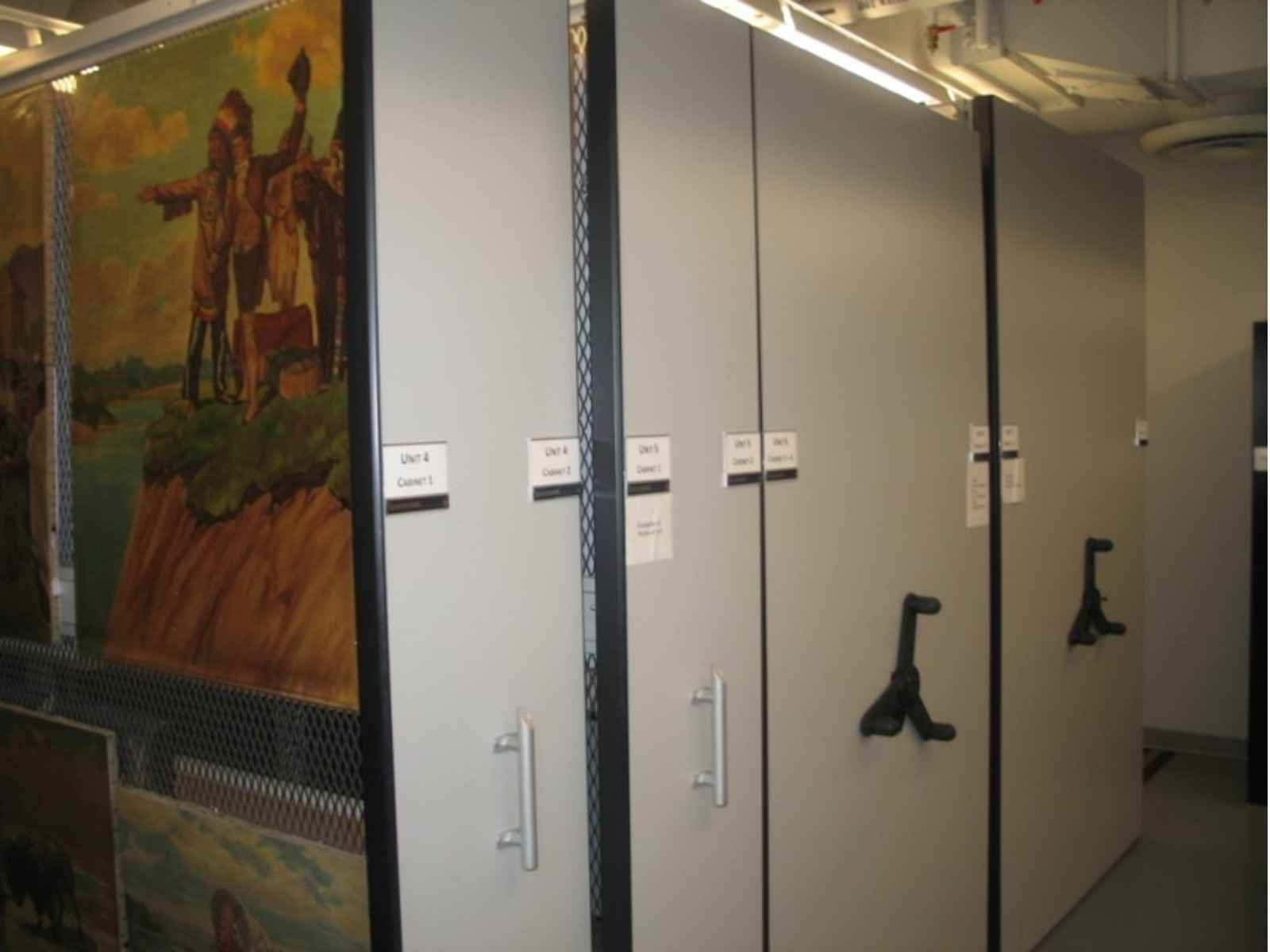
Inside the HBC Museum Collection storage areas, located above the HBC Gallery.
The Manitoba Museum has been the custodian of this significant collection ever since, and through the development of the HBC Gallery established a permanent display for part of the collection. The items that are not on display are still accessible for community members, researchers, students, and artists, and many belongings are loaned to other institutions for public display as well.
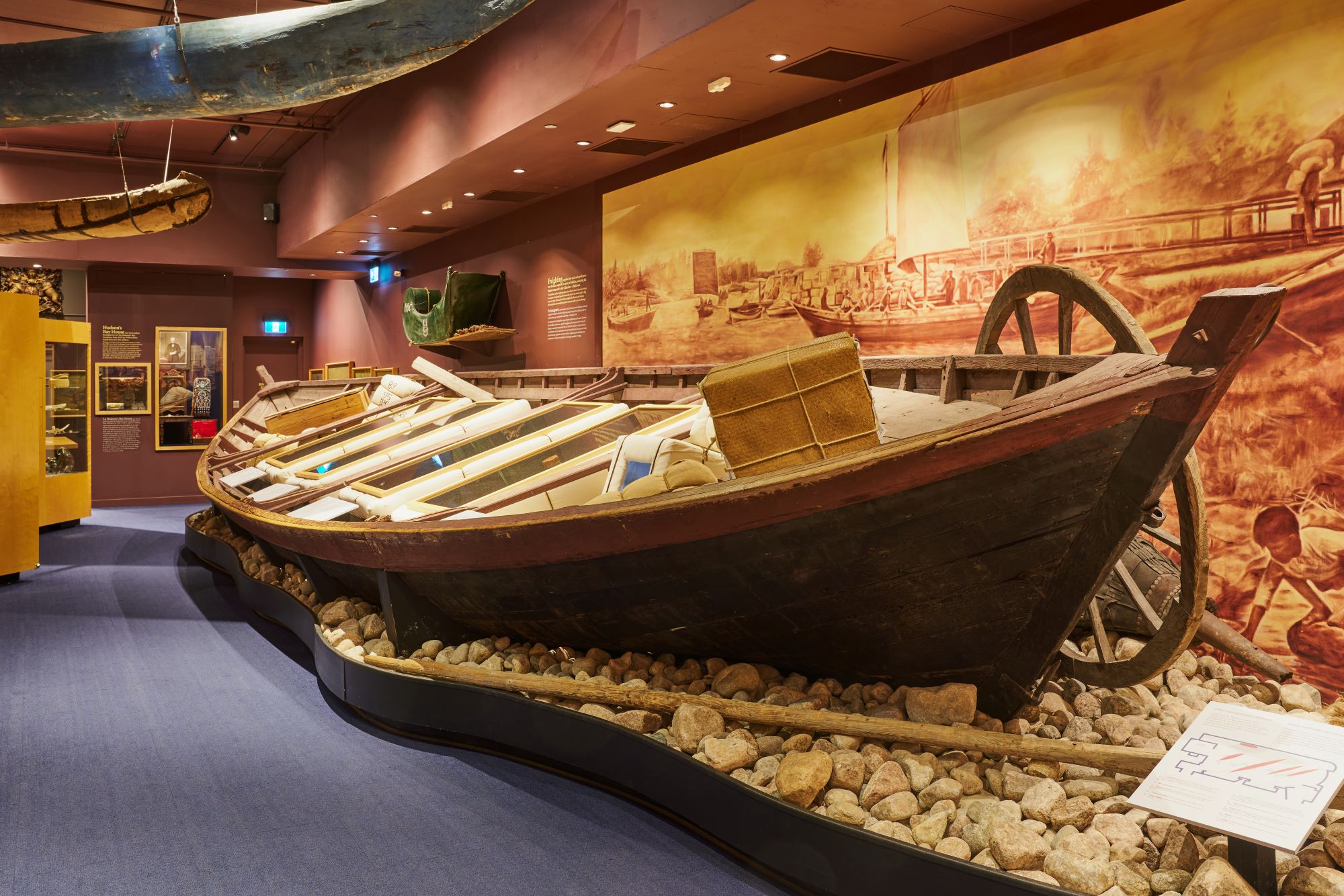
Rest assured, the HBC Museum Collection here is safe for future generations to come and enjoy, and I encourage you to come visit if you have not been to the Manitoba Museum in a while! The Nonsuch and HBC Galleries remain popular with visitors of all ages, but we’ve made some amazing upgrades in some of our other permanent galleries too. Museums play an important role in preserving history for the public and keeping it accessible, and visiting Museums helps support these institutions so they can continue to serve the public for years to come.


